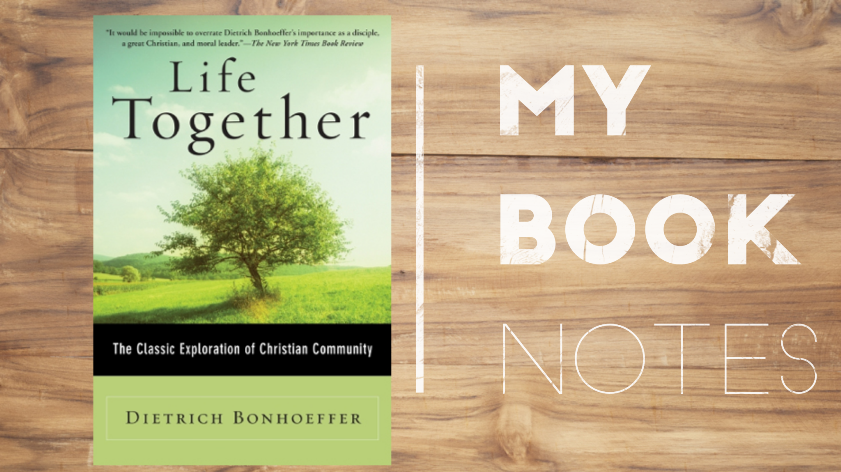How Body Prayer and Biology Enhance Our Prayer Life
I recently spent some time at a monastery.
At the monastery, they had a labyrinth that I walked
through.
A labyrinth, unlike a maze, has no false turns. It is a
continuous single path that leads to a centre (as pictured below).
 |
| Image from Labyrinth Builders |
It is said that you enter a maze to lose yourself and a labyrinth to find yourself.
At the time of walking the labyrinth, I was at a great
crossroads in my life.
As I walked I prayed about the direction of my life. Was I
heading in the right direction?
Walking and praying I began to move further away from the
centre of the labyrinth.
I began to wonder if I had gone wrong somewhere or started in the wrong place.
I stuck to my course and eventually reached the centre of the labyrinth.
I began to wonder if I had gone wrong somewhere or started in the wrong place.
I stuck to my course and eventually reached the centre of the labyrinth.
I felt a great sense of peace, that even though I was not
where I expected to be at this point in my life, I was on a good course and one
that God was using.
This is body prayer.
Body prayer is where we incorporate our body in our prayer.
Prayer becomes not just something that takes place within
but is something that involves the whole person.
Body prayer can take many forms, and most traditions use it,
even if they don’t call it that.
Different types of body prayer can be:
- Raising your hands during worship
- Making the sign of the cross on your bodies
- Kneeling prostrate before God
- Walking a labyrinth, and many more.
People use body prayer because they find it useful.
What does body prayer have to do with biology?
For a long time we have been aware of the way that our
minds are connected to our bodies.
We know that when we are worried or anxious, we are much
more likely to become ill.
Our bodies reflect what we are thinking and feeling.
What has been less intuitive until recently has been the way
in which our bodies affect our minds.
Thanks to a series of studies by Social Psychologist and
researcher Amy Cuddy and her team we are now more aware of how our bodies
affect our minds.
The nucleus of her study revolves around two chemicals in
our bodies:
Cortisol – a stress-inducing hormone and
Testosterone – a confidence-inducing hormone.
In nature, we come across this link regularly. When many
species are threatened they will make themselves look bigger.
This can be presented in many ways, whether it is causing
hair/fur/ feathers to stand on end (such as the owl below), engorging parts of the body, or physically raising
the body to look bigger.
The primary point of this is to ward off attackers by
appearing larger, and therefore more threatening.
What has been less intuitive is what is happening at a
chemical level.
Amy Cuddy and her team found that when you make yourself
temporarily larger (through raising your arms or putting your fists on your
hips like wonder woman for example) your cortisol level (stress) goes down, and
your testosterone level (confidence) goes up.
Equally, occupying a smaller space by curling up, or
slouching, makes your cortisol level (stress) increase, and your testosterone
level (confidence) decrease.
Amy’s advice is that whenever you are entering a situation
where you need to be confident, spend two or 3 minutes in a ‘power pose’ to help
you be more confident.
= It is worth noting that Amy does not advocate using power
positions when with actual people – or you will come across as threatening. =
I believe that the introduction of Amy Cuddy’s research adds
another element to body prayer.
In light of this research, body prayer is moved beyond ritual, to something that is
also deeply biological.
Body prayer initiates chemical changes within us that help
us connect with the prayers of our minds.
Although research into our chemistry and body prayer hasn’t
been carried out, it is a logical conclusion that something takes place at a
biological level.
If you have never thought about including body prayer as
part of your spiritual life, then it is something that I highly recommend.
May we learn to better understand our bodies. May we
incorporate our whole selves into our spiritual life. And may we find deeper
connections with God.
What body prayers have you tried? Did you find them useful?
Let me know in the comments below.
If you want to learn more about Amy Cuddy’s research, then I
highly recommend her Ted Talk, or for even more information on the topic get
her book Presence: Bringing Your Boldest Self to Your Biggest Challenges *.
If you are interested in learning more about body prayer,
then the first place I heard of it was in Tony Jones’ great book The Sacred Way *. This book also has information about lots of other helpful spiritual practices.

* Please note that these links are affiliate links. This means that I receive a small percentage of the price of anything you buy through links.

* Please note that these links are affiliate links. This means that I receive a small percentage of the price of anything you buy through links.





Comments
Post a Comment